Rare Early WWII 1941-1943 U.S. Ensign No. 7 48 Star Theater Flown Large Naval Ship Flag *


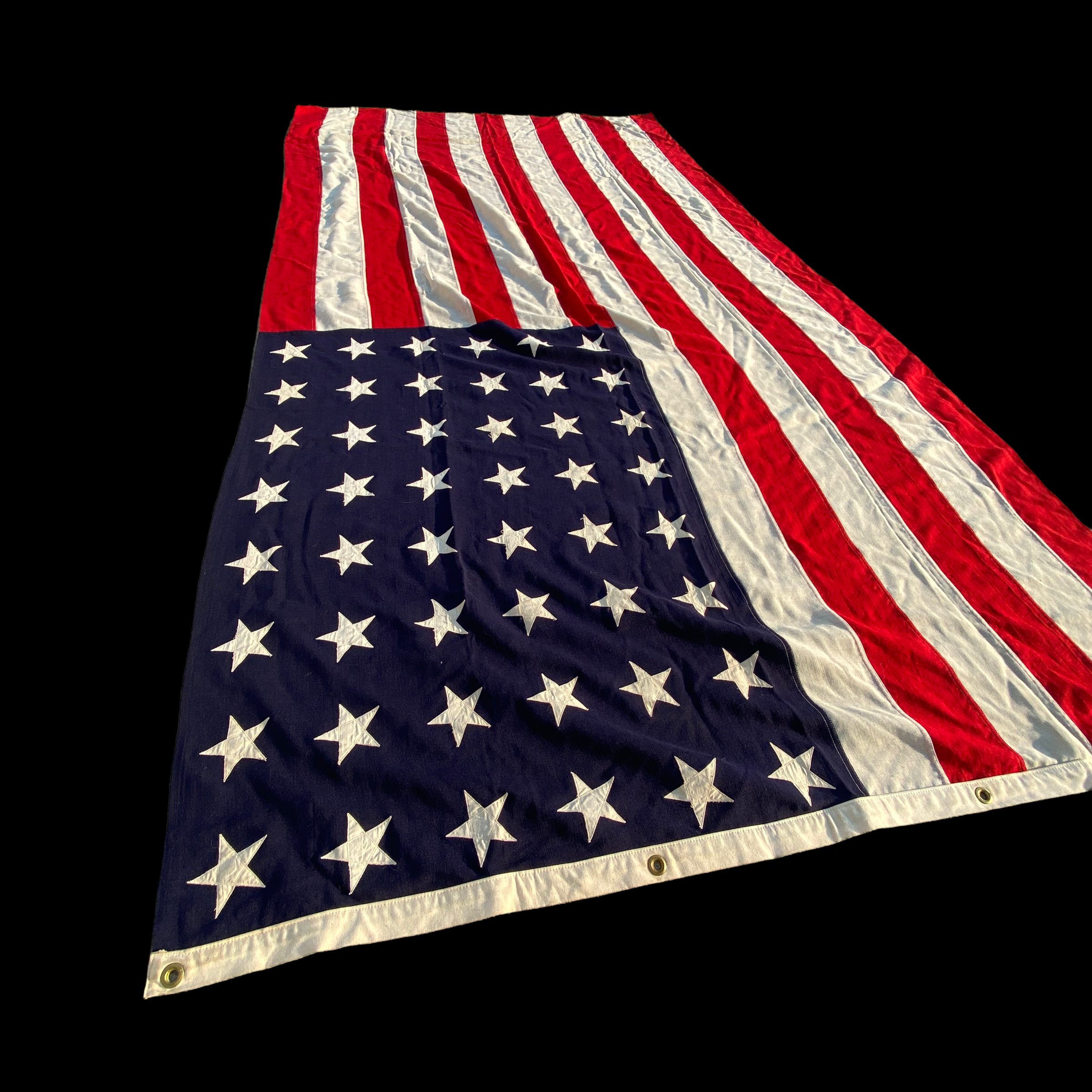
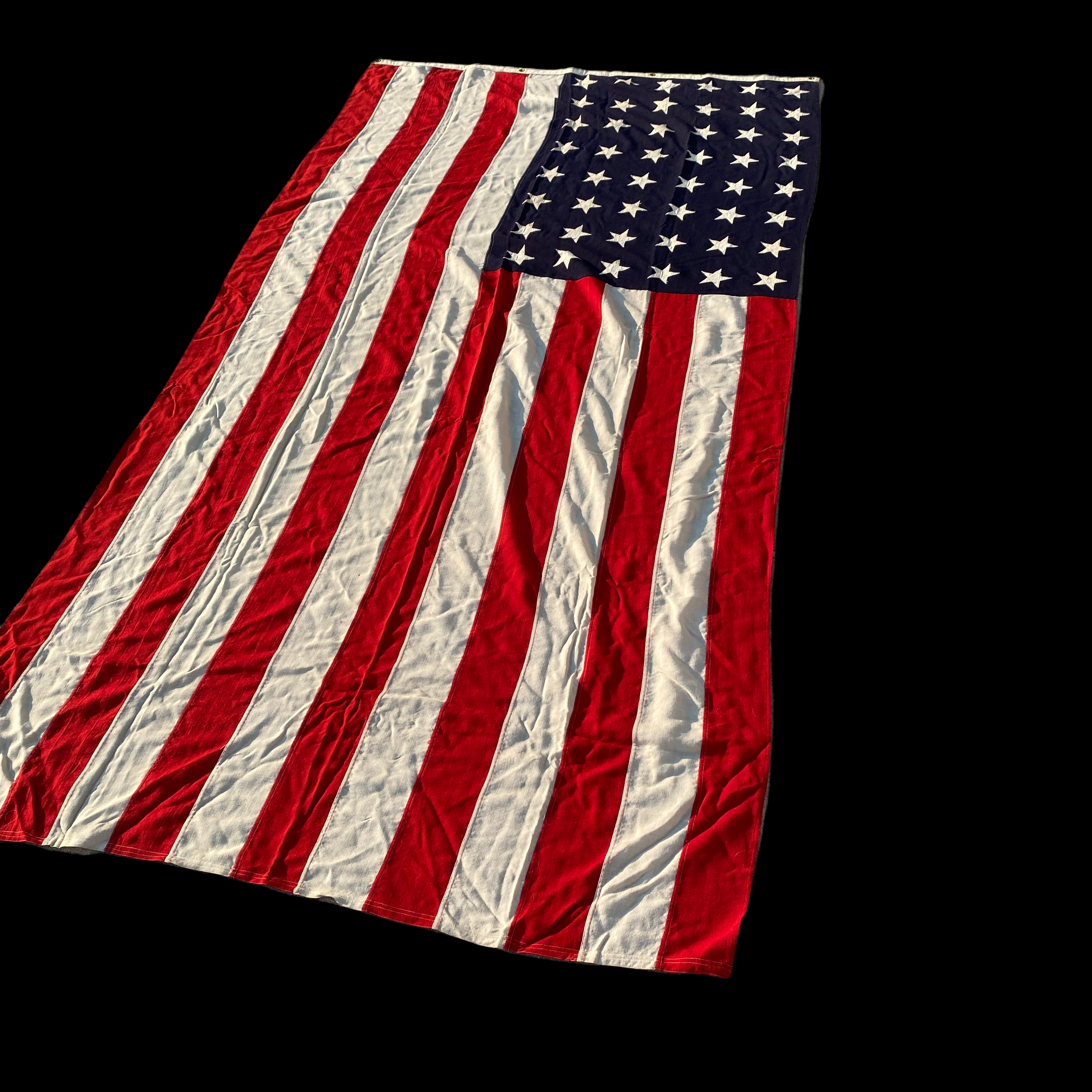
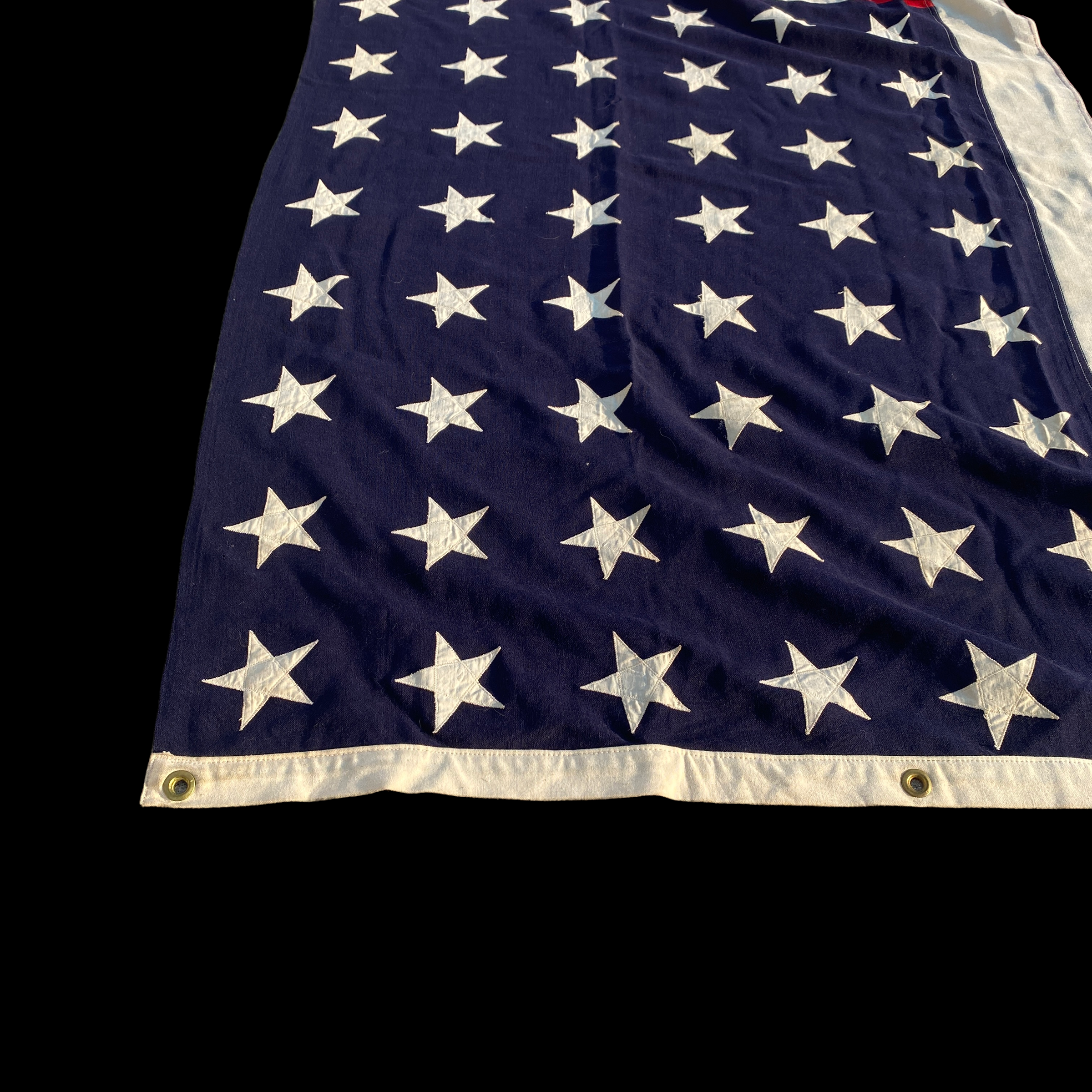


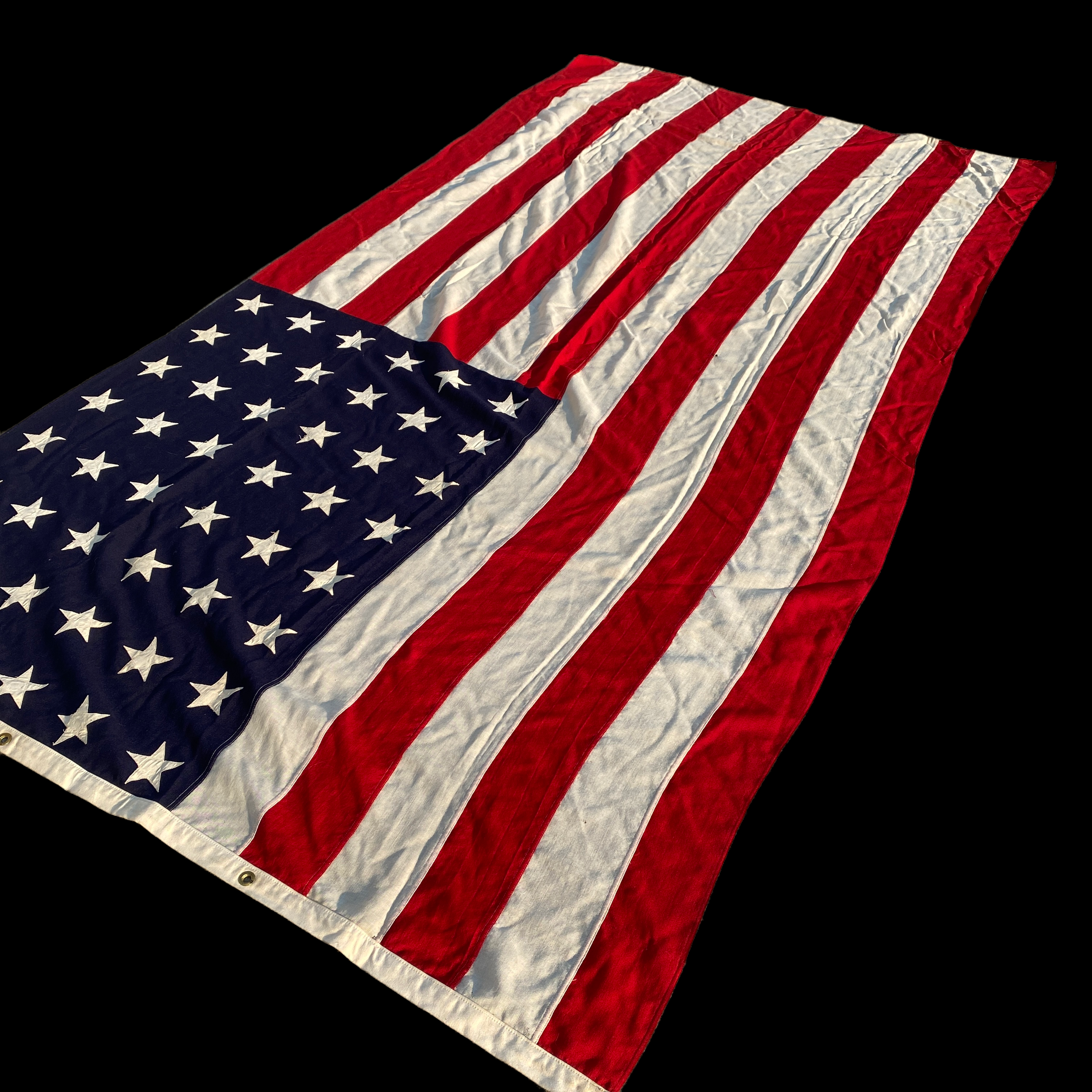
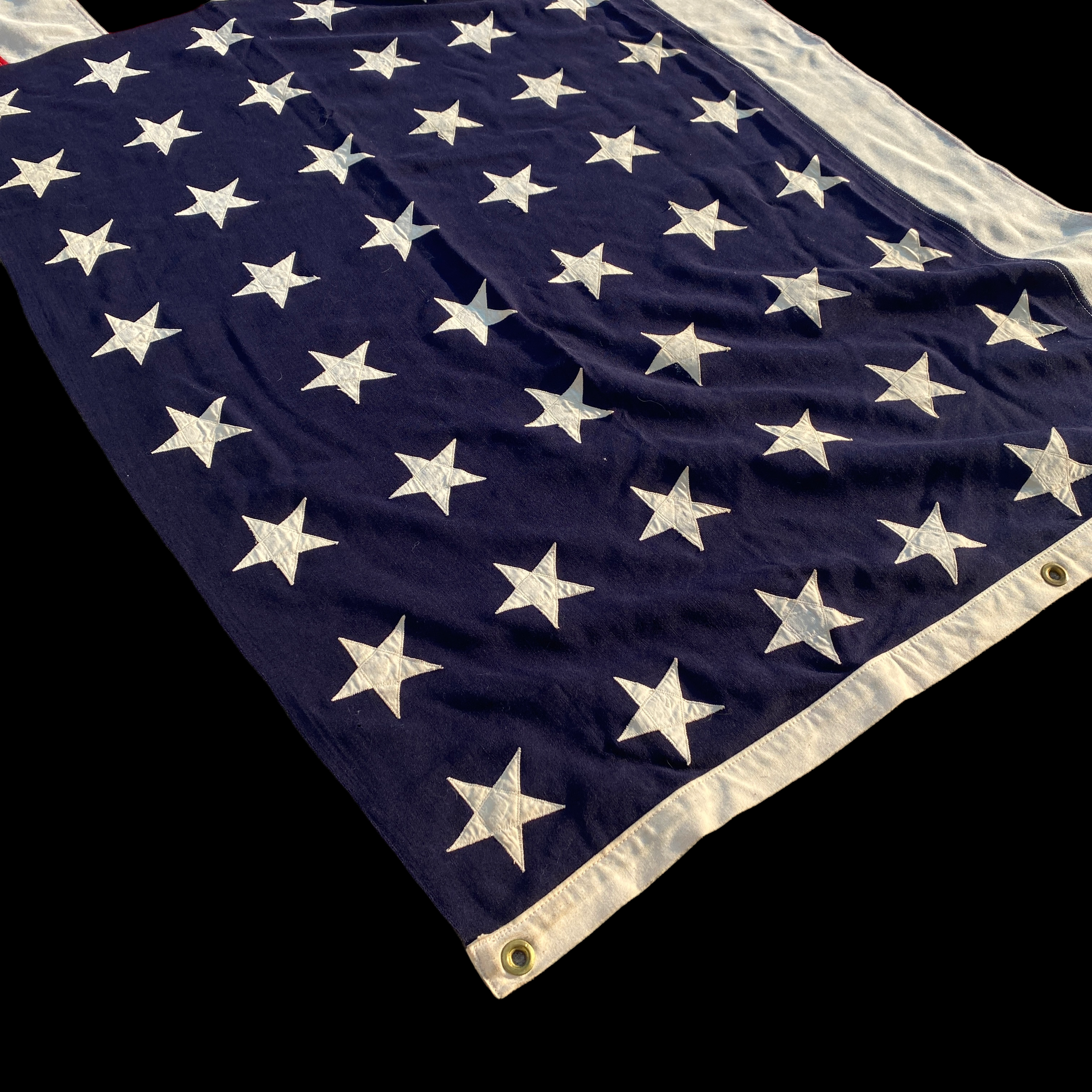



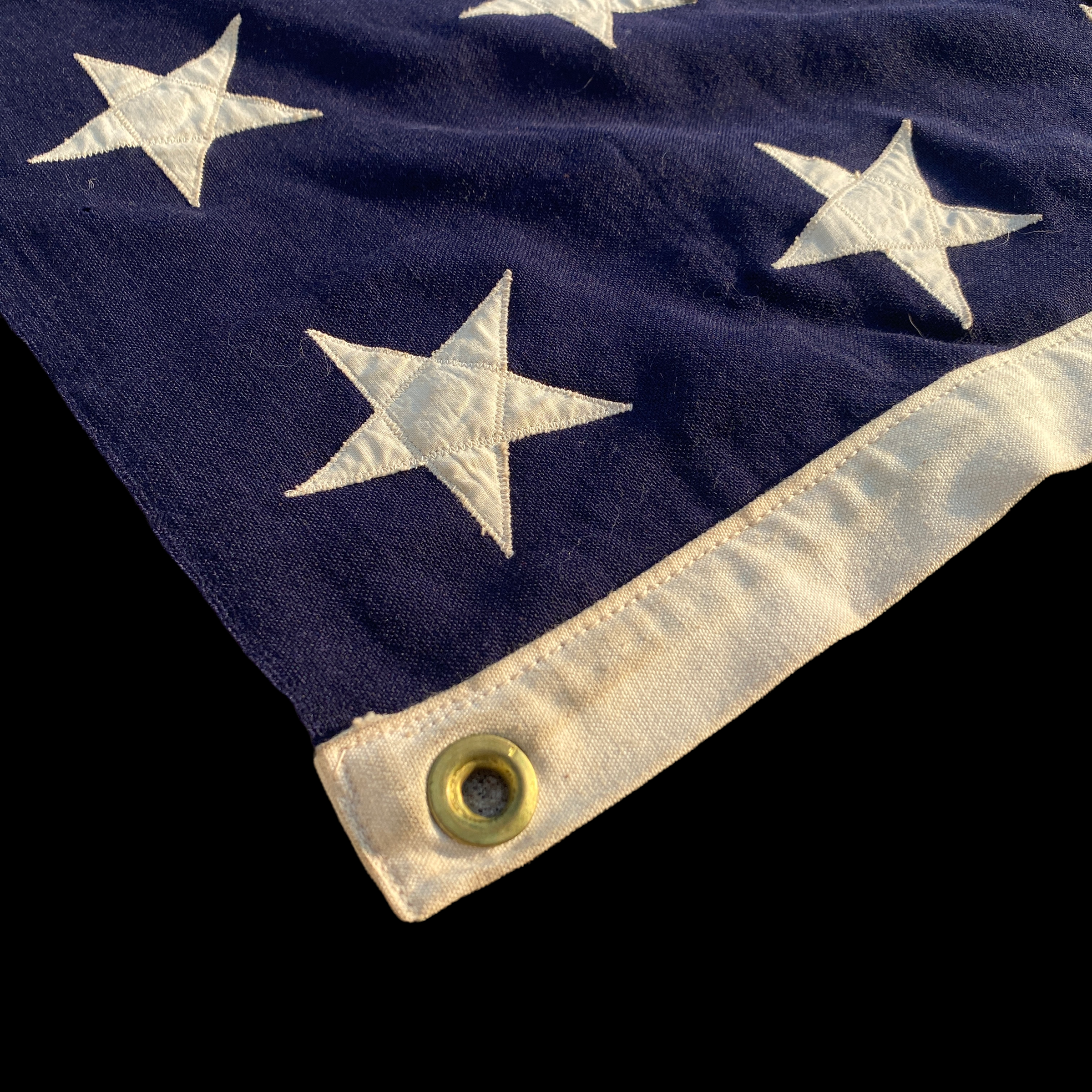

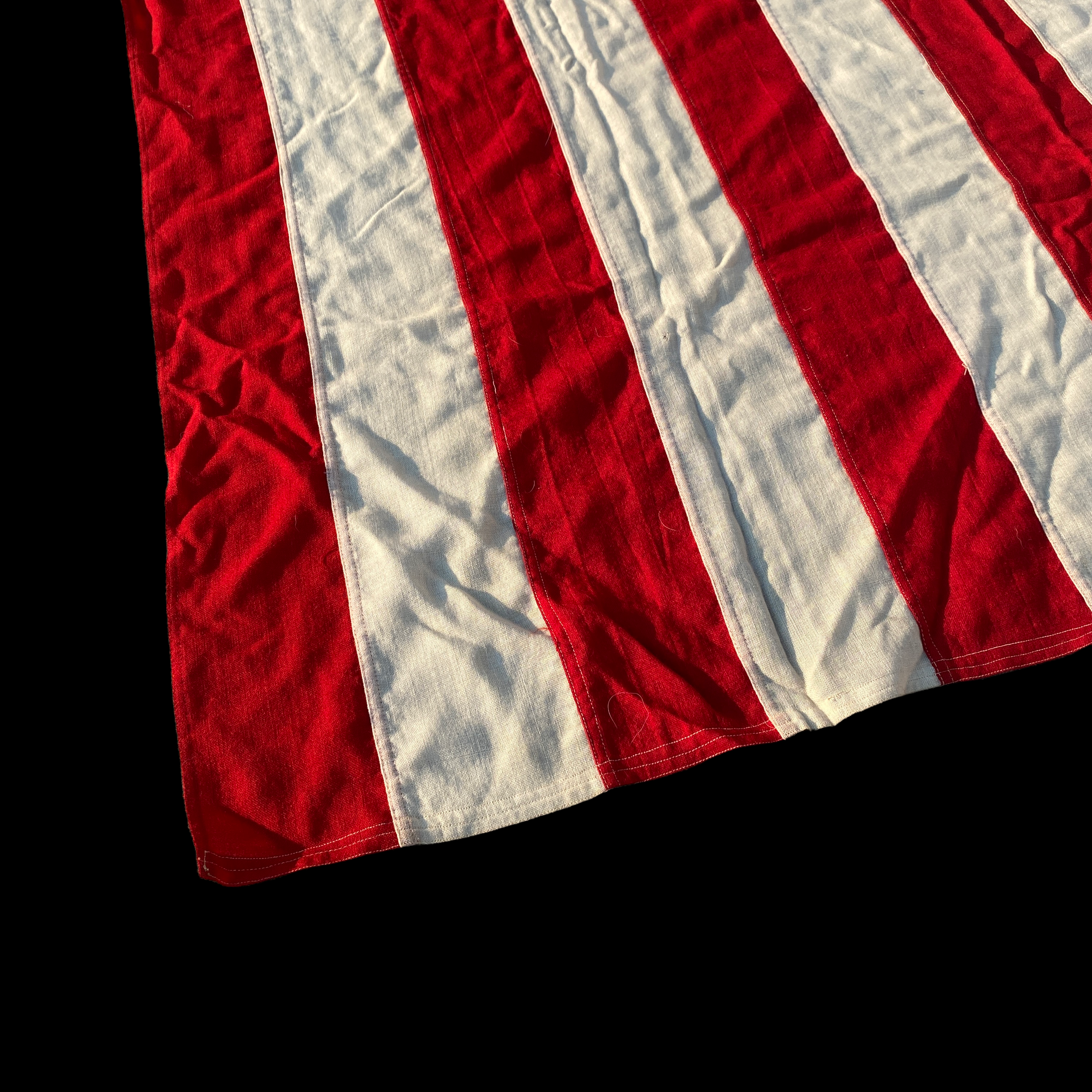
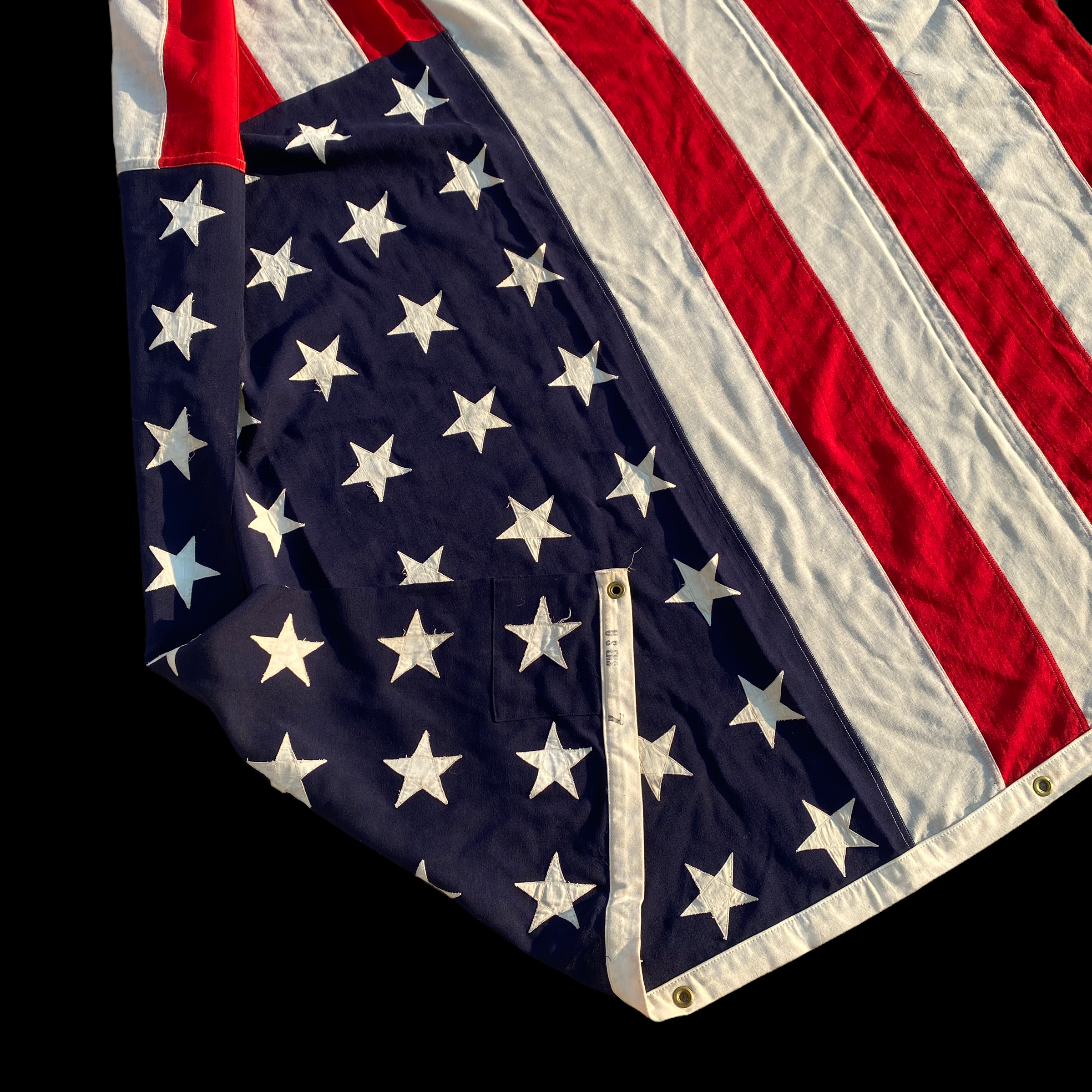
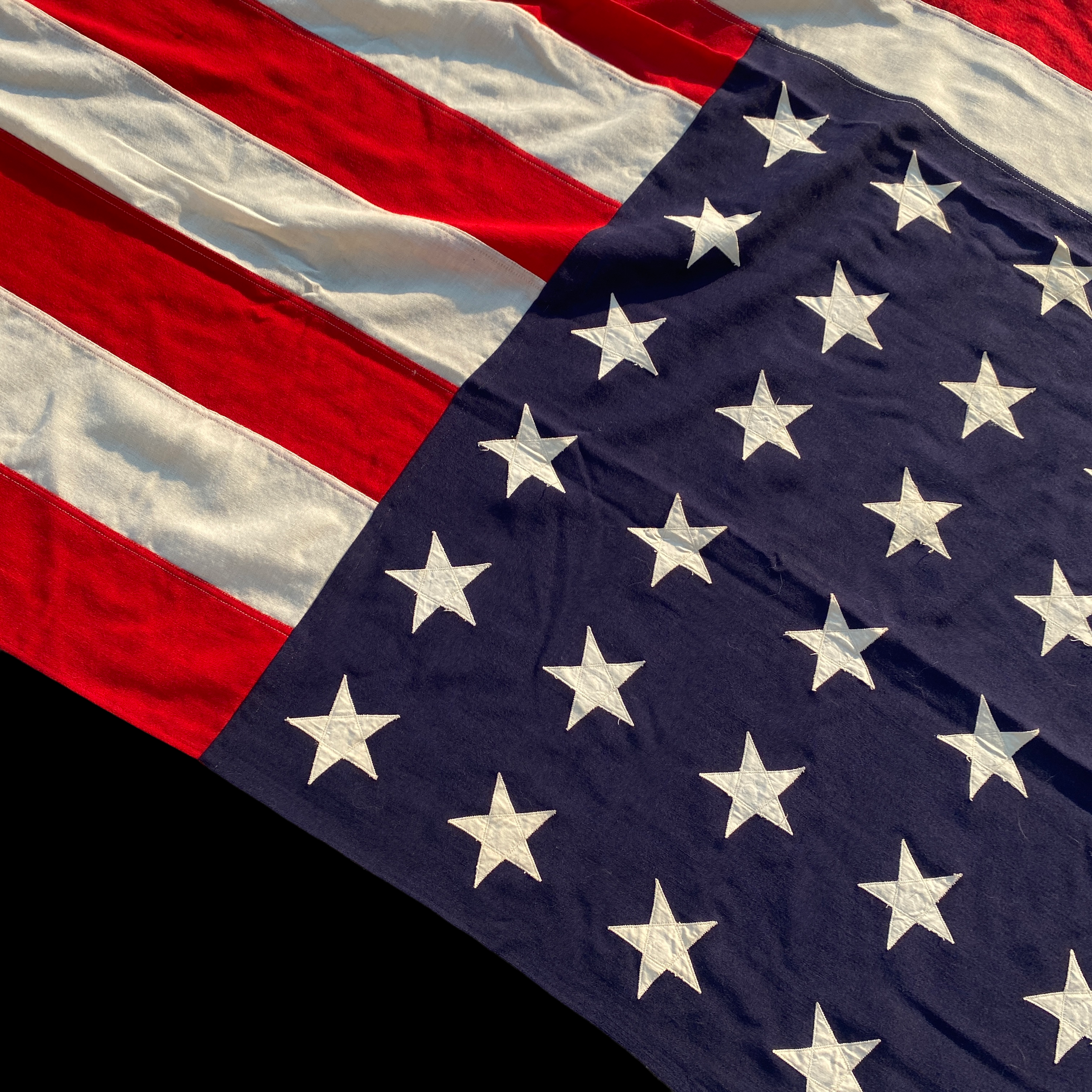
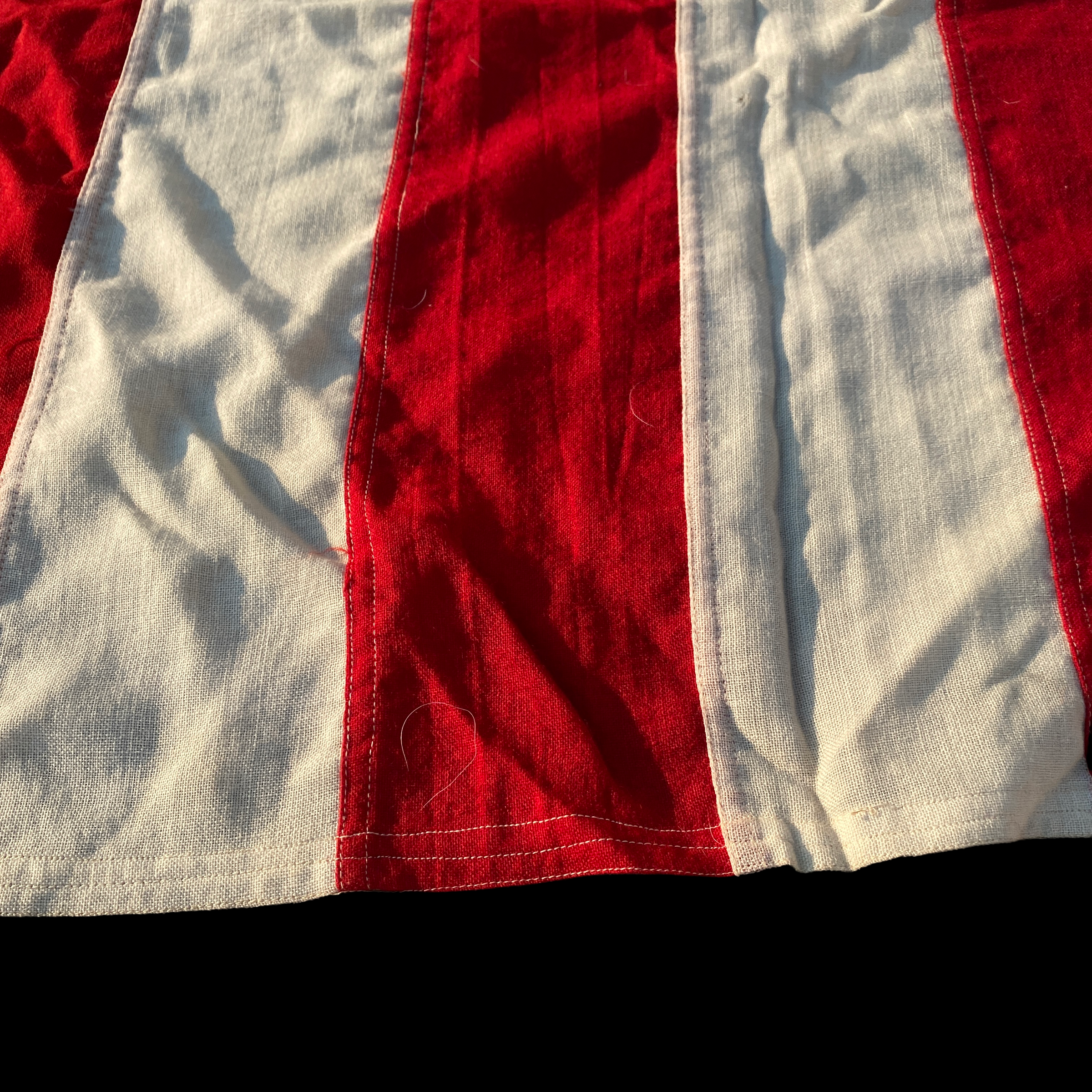
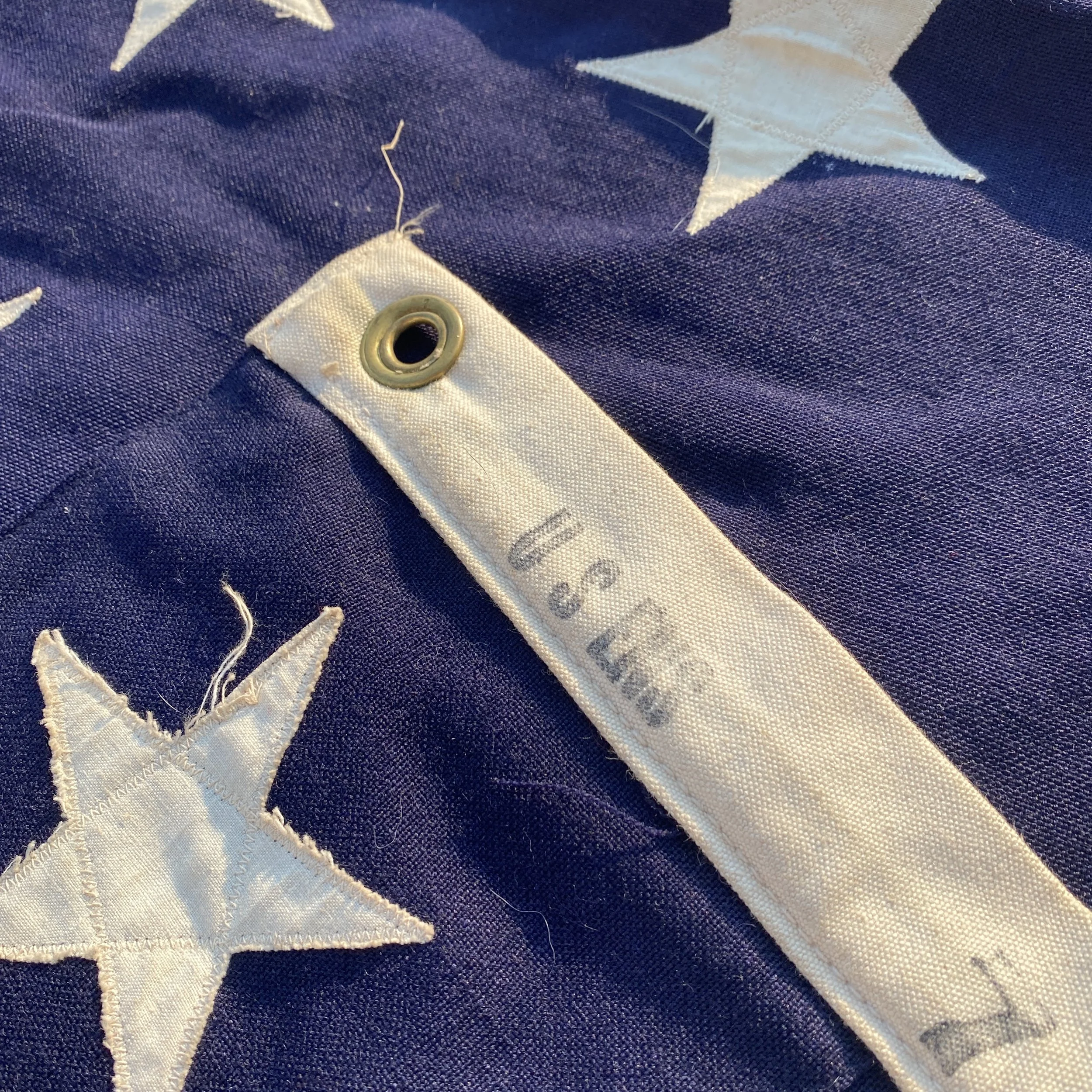

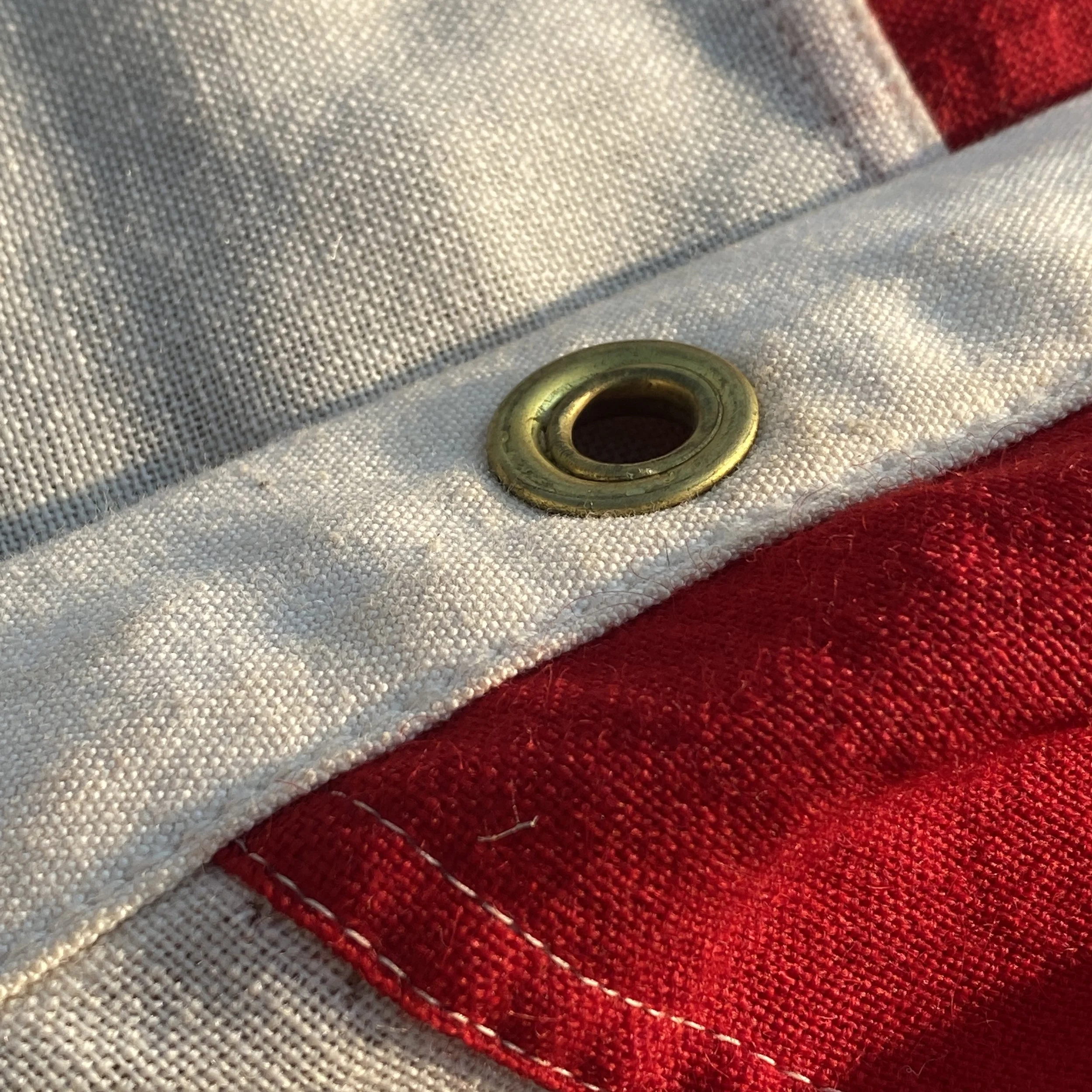
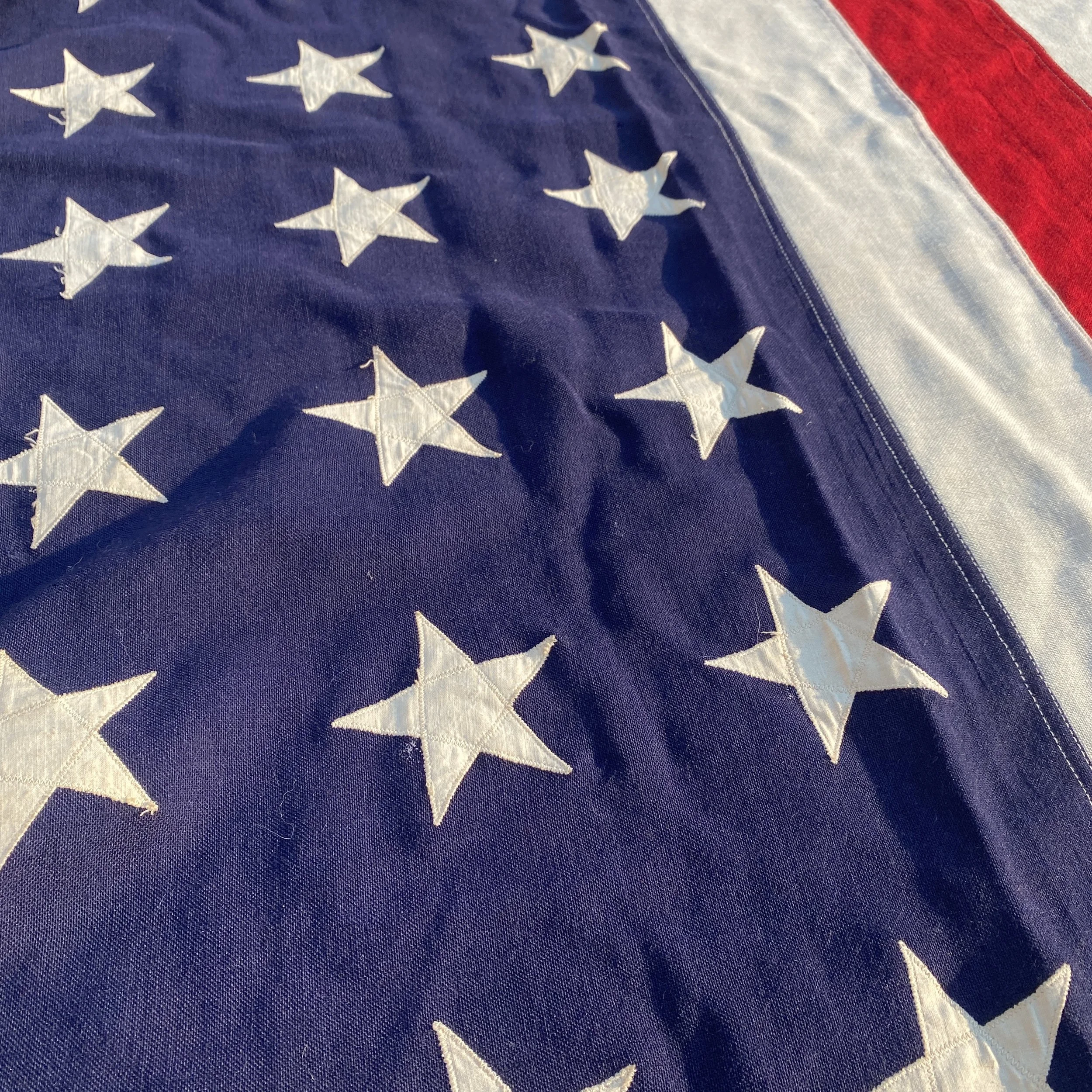
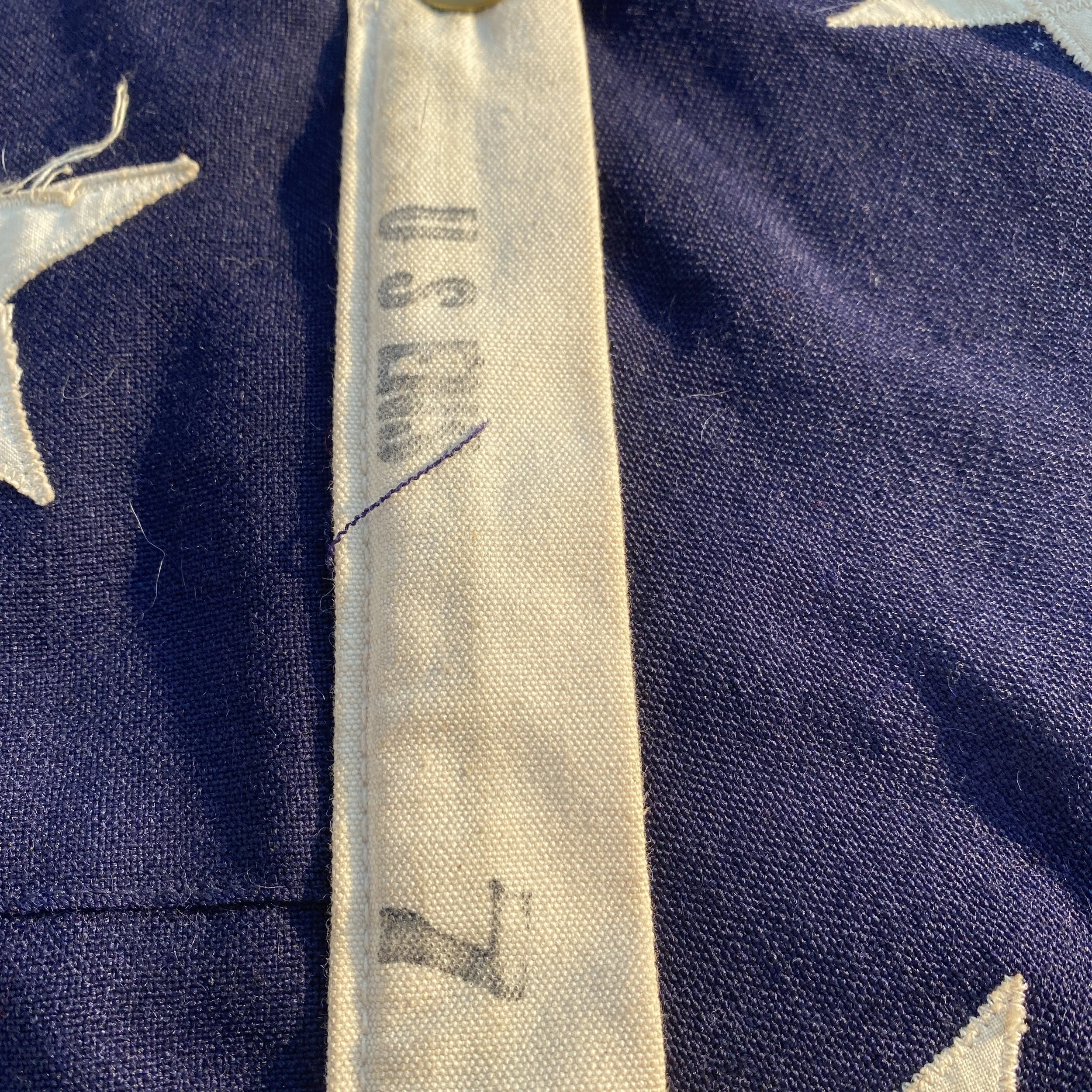
Rare Early WWII 1941-1943 U.S. Ensign No. 7 48 Star Theater Flown Large Naval Ship Flag *
Comes with hand-signed C.O.A.
This extremely rare early WWII large type U.S. Navy Flag is marked “U.S. Ensign NO. 7”. This flag was made at Mare Island Naval Station in San Francisco Bay. The MI base became home to what was known as the Pacific Fleet, and remained so until the threat of Japanese expansionism caused the shift to a more advanced position at Pearl Harbor. This flag is a rare example of an early World War II large ensign naval flag that dates 1941-1943, making it one of only a small handful of early WWII era Mare Island Naval flags of this caliber known to exist in the world.
The NO. 7 type flag type is historically documented as being issued and flown on large WWII Naval ships such as the Destroyer, Battleship, Carrier types. The NO. 7 marked flag is one of the most sought after MI number (No.) marks by collectors. The two main Iwo Jima flags were a #11 and later a #7, both made at Mare Island.
The Mare Island Naval Station in San Francisco Bay was home to what was known as the Pacific Fleet, however, their flags were used throughout all theaters war during WWII. Mare Island’s is highly recognized for providing flags for all of the amphibious assault craft and ships in 1944 for the Normandy landings which were the landing operations and associated airborne operations on Tuesday, 6 June 1944 of the Allied invasion of Normandy in Operation Overlord during World War II. Codenamed Operation Neptune and often referred to as D-Day, it was the largest seaborne invasion in history. The operation began the liberation of France (and later western Europe) and laid the foundations of the Allied victory on the Western Front.
Mare Island Naval Shipyard was the first naval base on the west coast of the United States. It is 25 miles northeast of San Francisco, near Vallejo, California. During WWII the base was used for ship building and repair. There were 46,000 workers employed there during the war. It comprised over 900 buildings, and the base closed in 1996. The flag loft employed 500 workers, 400 women doing their part by working 8 hours a day 6 days a week.
Flag No. 7 was designated on the U.S. Ensign R.I.F. Chart to be hoist at 117” fly height.